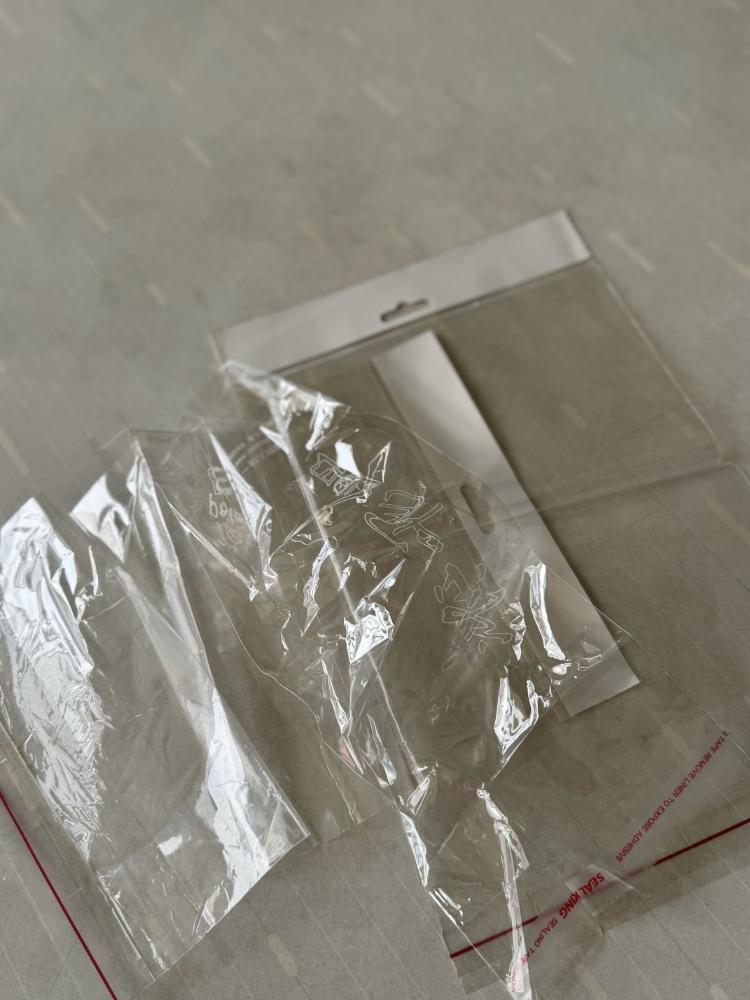Polypropylene (PP) Material for Bag Production

What is Polypropylene (PP)? Applications in PP Bag Making Machines
Polypropylene (PP) is a versatile and lightweight thermoplastic material widely used in packaging and bag manufacturing. It is the primary material used in PP bag making machines due to its excellent strength, durability, and processability. Whether for laminated bags, woven sacks, or soft packaging films, polypropylene bag making machines are designed to maximize the advantages of PP.
As a professional PP bag machine manufacturer, PARKINS provides advanced polypropylene bag making machines specifically engineered to maximize the performance and efficiency of PP materials.
Key Properties of PP for Bag Production
Physical Properties
PP has a density of approximately 0.90–0.91 g/cm³, making it one of the lightest materials among common plastics. It exhibits good tensile strength and rigidity, along with moderate impact resistance.
Heat Resistance
The melting point of polypropylene ranges from 130°C to 170°C, enabling it to withstand high-temperature environments. It is suitable for heat-sealed packaging and certain applications requiring sterilization.
Chemical Resistance
PP offers excellent resistance to most acids, bases, and organic solvents. It is not easily corroded, making it ideal for chemical and humid environments.
Processability
PP has excellent forming and processing capabilities. It can be molded into a wide range of products using blow molding, injection molding, extrusion, and thermoforming, with high processing stability.
Environmental Compatibility
As a recyclable material (classified as plastic #5), PP does not emit harmful gases when burned and offers a certain degree of reuse potential. It is considered one of the more environmentally friendly plastic materials.
Why PP is Ideal for Plastic Bag Making
PP's consistent melt flow and film-forming ability make it the material of choice for manufacturers using PP bag making machines. From woven sacks to soft packaging bags, polypropylene allows precise sealing, cutting, and forming processes.
Parkins, one of the leading PP bag machine manufacturers, designs the machines to handle PP's specific properties, ensuring smooth production with minimal waste and high-speed operation. Whether for flat bags, gusseted bags, or laminated bags, PP enables flexibility and quality in mass production.
Main Applications of PP Bag Manufacturing
- Industrial Packaging: PP is used to make woven bags, jumbo sacks, and FFS (form-fill-seal) bags for fertilizers, grains, cement, and chemicals.
- Retail and Grocery Bags: Laminated PP films are popular in reusable shopping bags and branded packaging.
- Household Storage Bags: Multi-use storage bags made from PP are durable and easy to produce.
- Medical and Hygiene Products: PP nonwoven fabric is used for sanitary bags, protective covers, and medical packaging.
Processing Technologies for PP Bag Machines
PP can be customized through the addition of UV stabilizers, anti-blocking agents, or biodegradable fillers to suit different bag specifications. For eco-conscious brands, PP can be blended with biodegradable materials like PLA or starch-based compounds to create partially biodegradable bags.
These modified PP materials remain fully compatible with PARKINS' polypropylene bag making machines, with only minor machine setting adjustments required, helping you stay ahead in both sustainability and performance.
Partner with PARKINS – A Reliable Plastic Bag Machine Manufacturer
Whether you're producing industrial woven bags or custom retail packaging, PARKINS offers a wide range of plastic bag machines tailored for various materials, including PP, PE, LDPE, and HDPE. As one of the leading PP bag machine manufacturers, we support our clients with advanced automation, energy-efficient systems, and flexible machine configurations. From entry-level setups to fully automatic PP bag manufacturing machines, we deliver reliable solutions that maximize output and reduce downtime.
See How Parkins's Customized Machines Meet Your Every Need
Ready to upgrade your PP bag production line? Contact PARKINS today to explore our full range of PP bag making machines and request a free quote or product catalog.